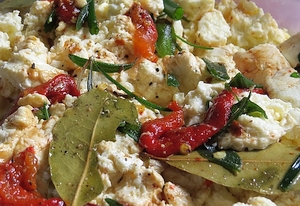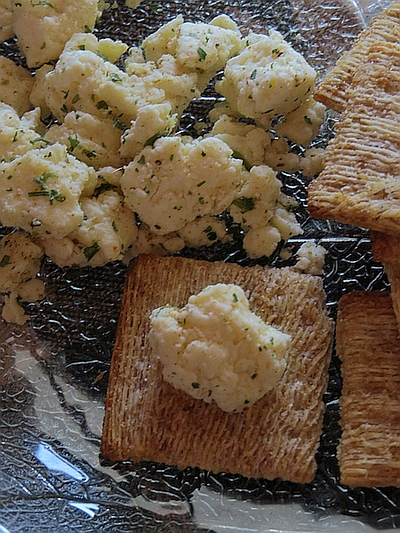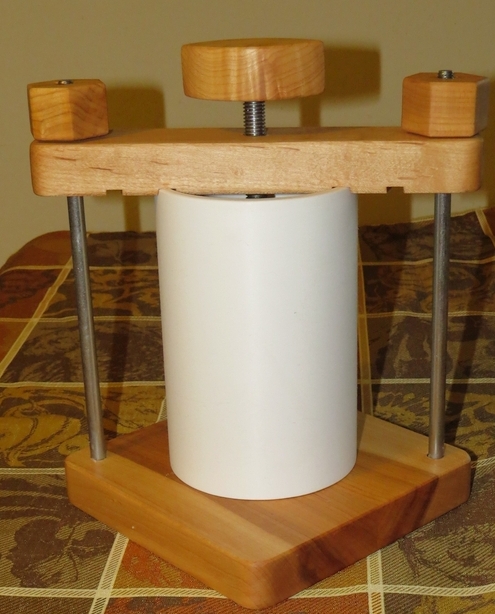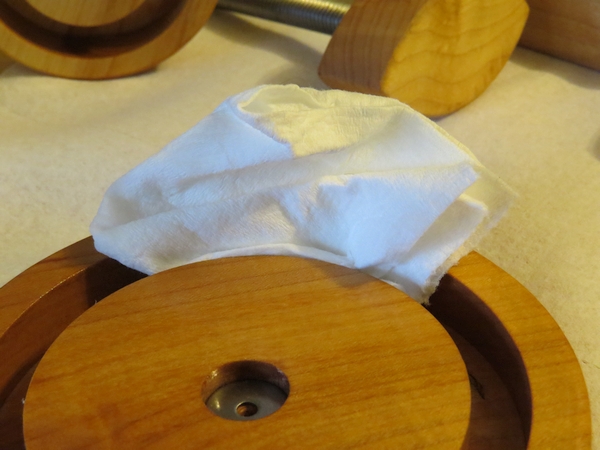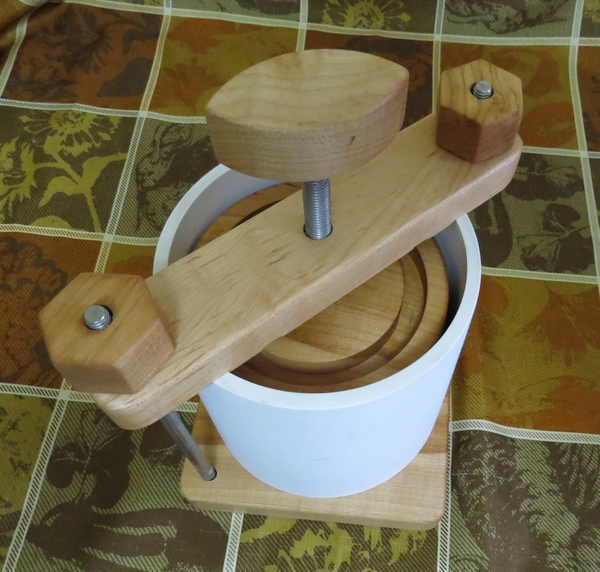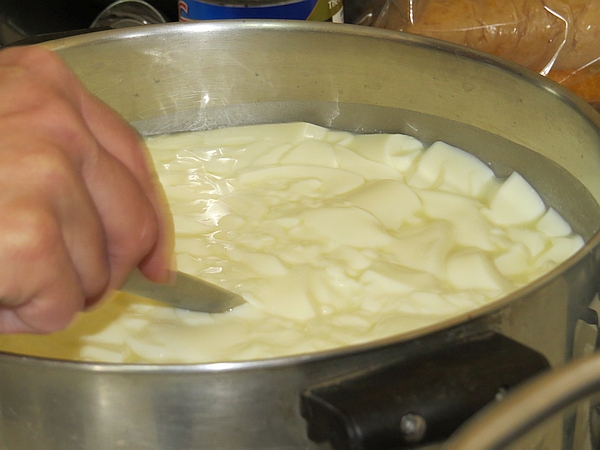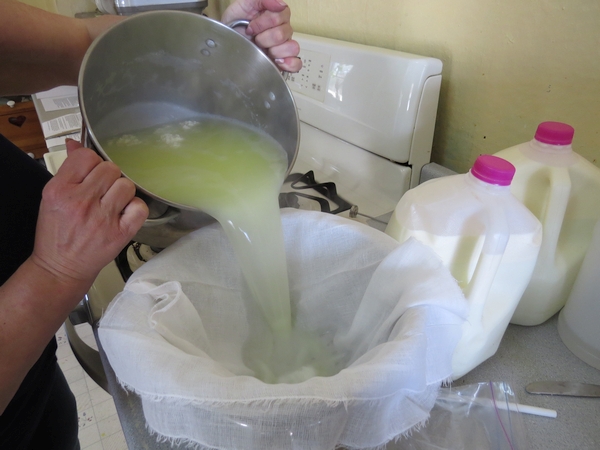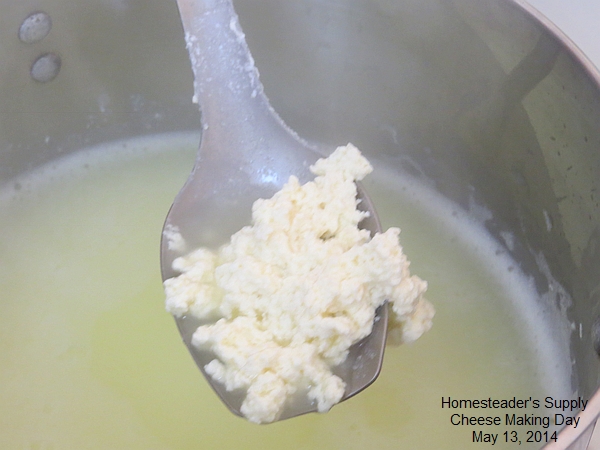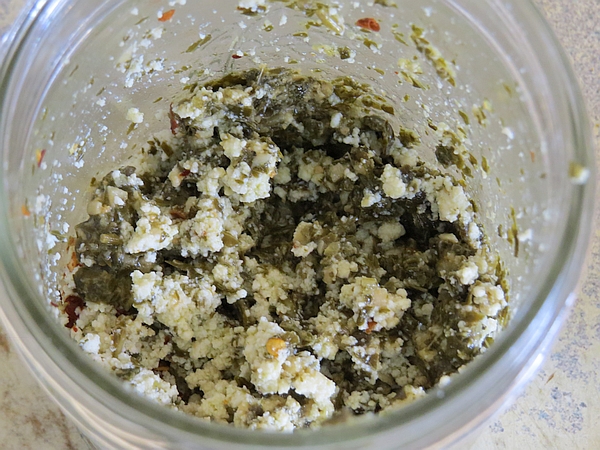I’ve dabbled in a little cheese making in the past – just enough to know I want to make more, and I want it to be delicious. I love really good cheese. Jerri Bedell, our beloved owner of Homesteader’s Supply, sent the Best Basic Cheese Kit to me to try out. You see…I have an idea. I think we should make cheese together. All of us! Well not all of us. Of course not everyone wants to make cheese. But how about some of us?
Here’s my plan. On Tuesday, May 13, I’m going to make cheese using the Best Basic Cheese Kit. There’s time for you to order the kit, get familiar with it, and be ready to make cheese that day. We’ll compare notes as we go and talk about the cheese we made. If you write about this in your blog we’ll share your link on Facebook, Twitter and in a blog about our cheese making day.
The cheese kit is only $44.88, and shipping is free in the lower 48 states.
Best Basic Cheese Kit
So about that cheese kit! This is the same supplies and equipment used by professionals to make cheese. It contains some of the same quality products in our larger kits, just gives you the basic products you need to try your hand at making all kinds of cheese. And what better than to buy your kit from a store that takes pride in helping our customers!
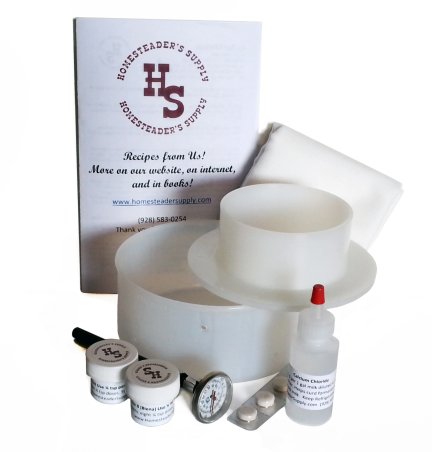
Best Basic Cheese Kit
Our kit does not contain any citric acid or vinegar, and there is no need for a microwave. Let’s face it, real cheese takes time to make…some faster than others. But if you want the best tasting, all natural cheese, then this is the kit for you.
With this kit you will be able to make many types of cheese, as it includes both basic mesophilic and thermophilic cultures, enough to make up to 24 lbs of cheese from each type. And, these cultures are the only type where you can make a mother culture for continued use, so they can last you a very long time. We include that recipe. The Reblochon Mold is the best one to use as a form for soft cheeses and mozzarella, and as a press for harder cheeses like Colby and Cheddar, making one pound of cheese from one gallon of milk! The rennet is vegetarian, and usually only needs 1/4 or 1/2 half tablet per gallon of milk. The calcium chloride is for making cheese with pasteurized milk, necessary to help for the curds. And the bonus is you can even make butter and sour cream with this kit!
Everything that is included in this kit and more information about the kit is available on our website. Please let us know that you’ve ordered one of our cheese kits (doesn’t have to be this one in particular!) and will be making cheese with us. We’d like to blog about the project, include your photos and comments, and if you have one, link to your blog. You may comment here, leave a message on Facebook or send Robin an email.

